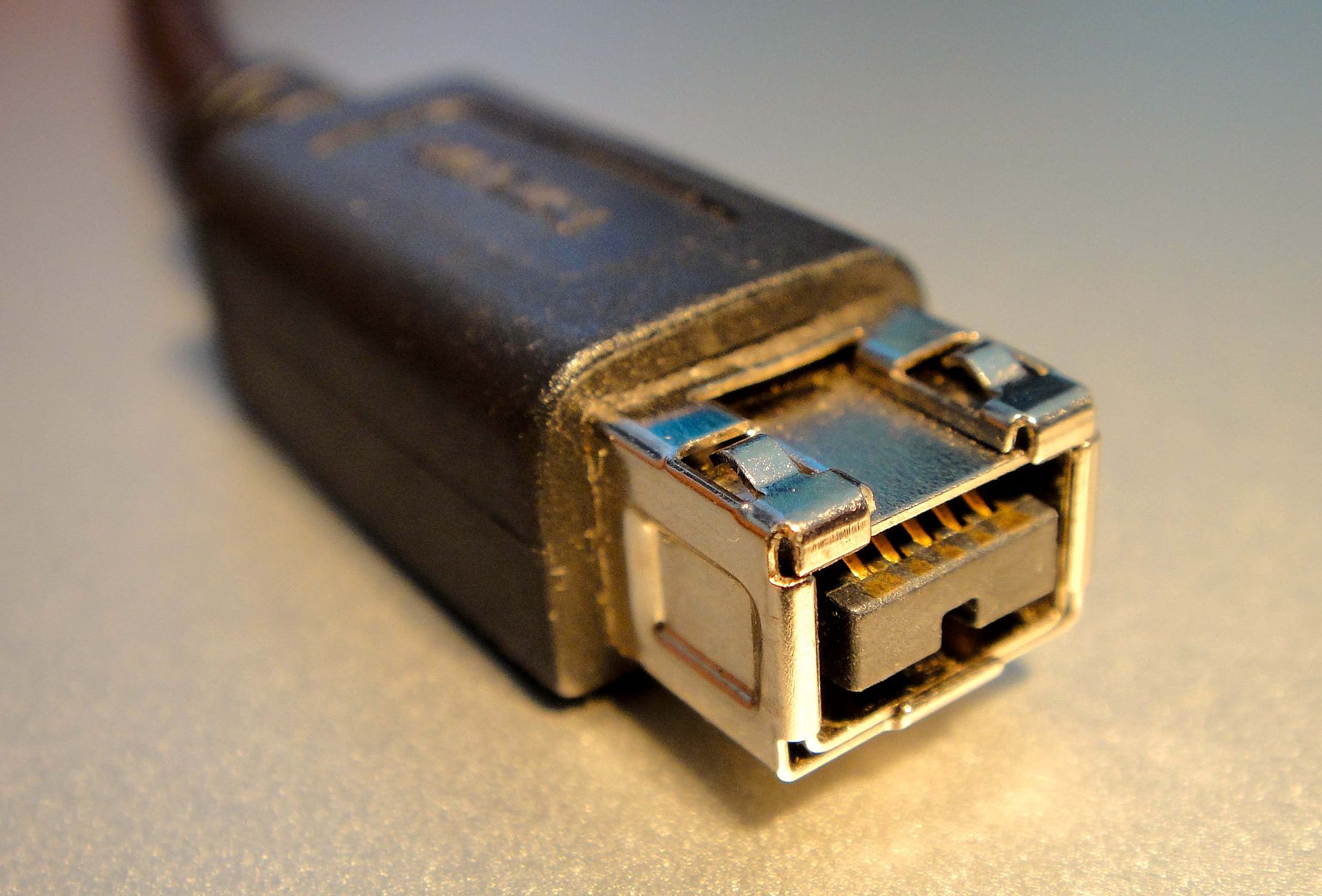In today's look back at the history of Apple, we look back to 2001. At that time, Apple won the prestigious Emmy Award, which, however, had nothing to do with the creation of films or series. Apple then won a Primetime Emmy Engineering Award for its FireWire technology.
It could be interest you

In 2001, Apple became the proud recipient of the prestigious Emmy Award in the field of technology. Thanks to FireWire technology. This is a technology that Apple developed for high-speed serial buses, which guaranteed very fast data transfer between Apple computers and other devices, such as various digital cameras. Jon Rubinstein, who was Apple's senior vice president of hardware engineering at the time, said in a related press statement:"Apple made the desktop video revolution possible with the invention of FireWire."
Steve Jobs introduces FireWire to the public (1999):
Apple's FireWire technology did not secure the prestigious Emmy award until the beginning of the new millennium, but its roots go back to the 1394s. The development of FireWire technology - also known as IEEE 1986 - was started at Apple in XNUMX. FireWire was supposed to serve as a successor to older technologies, which at the time were used to interconnect various devices. This innovation earned the name FireWire thanks to the high transfer speed, which was really impressive at the time.
However, FireWire technology did not become part of the standard equipment of Macs until after Steve Jobs returned to Apple. Jobs saw in FireWire technology a great tool for quickly and efficiently transferring video from digital cameras to a computer, where users could then easily edit and save the transferred content. Although FireWire technology was developed at a time when Steve Jobs was working outside of Apple, it still featured a number of features that were typical of products created under Jobs' leadership.

It boasted impressive capabilities, ease of use and a certain revolutionary nature. With its help, it was possible to achieve a transfer speed of up to 400Mbps, which was much more than standard USB ports offered at the time. Thanks to its advantages, FireWire technology quickly gained considerable popularity among users, both among ordinary users and in companies and institutions. Other companies, such as Sony, Canon, JVC or Kodak, quickly adopted it as a standard.


